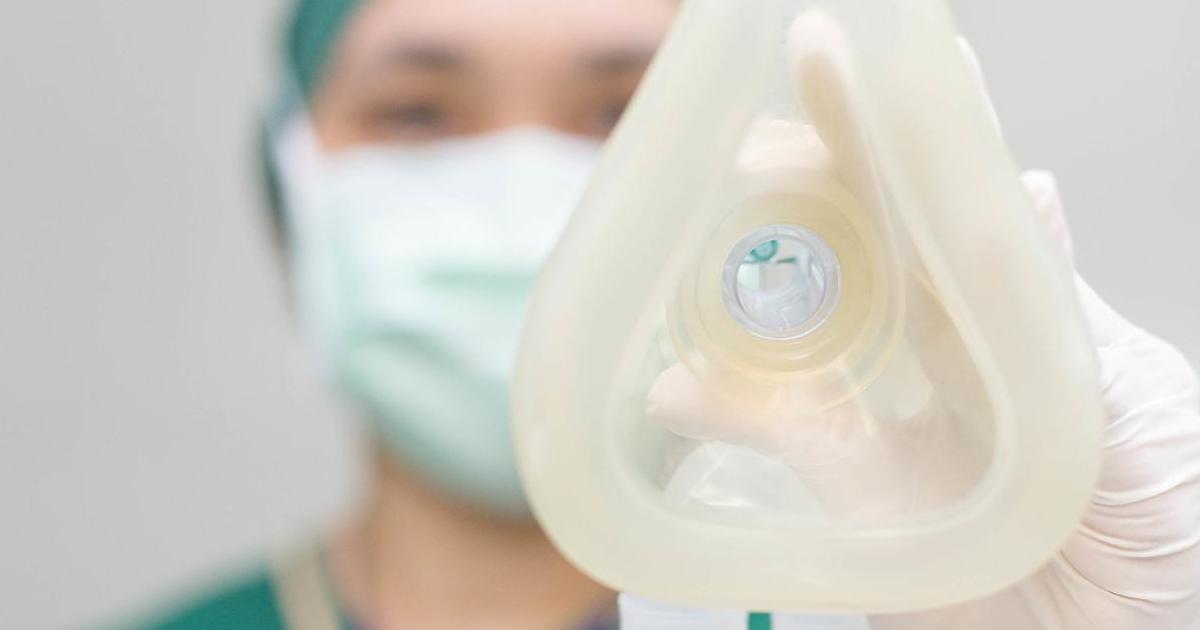How To Effectively Treat Myocarditis
ACE Inhibitors

Angiotensin-converting enzyme (ACE) inhibitors are medications that help relax the blood vessels allowing for the blood to flow through vessels easier. Angiotensin II is a substance produced by the angiotensin-converting enzyme. This substance causes the blood vessels to constrict or narrow, and it releases hormones that elevate blood pressure levels. Normal production of angiotensin II causes the heart to work much harder than it should be in myocarditis patients. ACE inhibitors effectively stop the angiotensin-converting enzyme from producing angiotensin II. A reduction of angiotensin II levels causes an increase in the quantity of blood the heart is able to pump around the body adequately. Lower levels of angiotensin II also causes a considerable decrease in the heart's workload. These medications can be used for functional support of the heart while a patient is fighting off the infection and healing from myocarditis. In other cases, permanent heart tissue damage that has been precipitated from myocarditis may be treated with the use of ACE inhibitors on a long-term basis. The focus of long-term use of ACE inhibitors is to prevent the progression of cardiomyopathy and heart failure.
Get more information on the common ways to treat myocarditis now.
Intra-Aortic Balloon Pump

An intra-aortic balloon pump is a lengthy skinny balloon that helps manage the flow of blood through the aorta. The balloon inflates when the heart relaxes to retain more blood in the heart, and the balloon deflates when the heart contracts so blood can flow out of the heart and throughout the rest of the body. An intra-aortic balloon pump is a short-term solution utilized when a patient is staying in the hospital. It may be used after an open heart surgical procedure, or it can be used to treat cardiogenic shock. Myocarditis often causes significant weakening of the heart that results in cardiogenic shock. An intra-aortic balloon pump is installed with a minimally invasive procedure where a small incision is made in the groin. A catheter is used to thread the balloon from the incision in the groin to the proper place inside of the aorta. It is then attached to a machine located outside of the body. The machine attached to the balloon controls the size of the balloon by telling it when to inflate and when to deflate. The balloon size can be changed by either increasing or decreasing the quantity of helium inside of it.
Learn more about treating myocarditis now.
